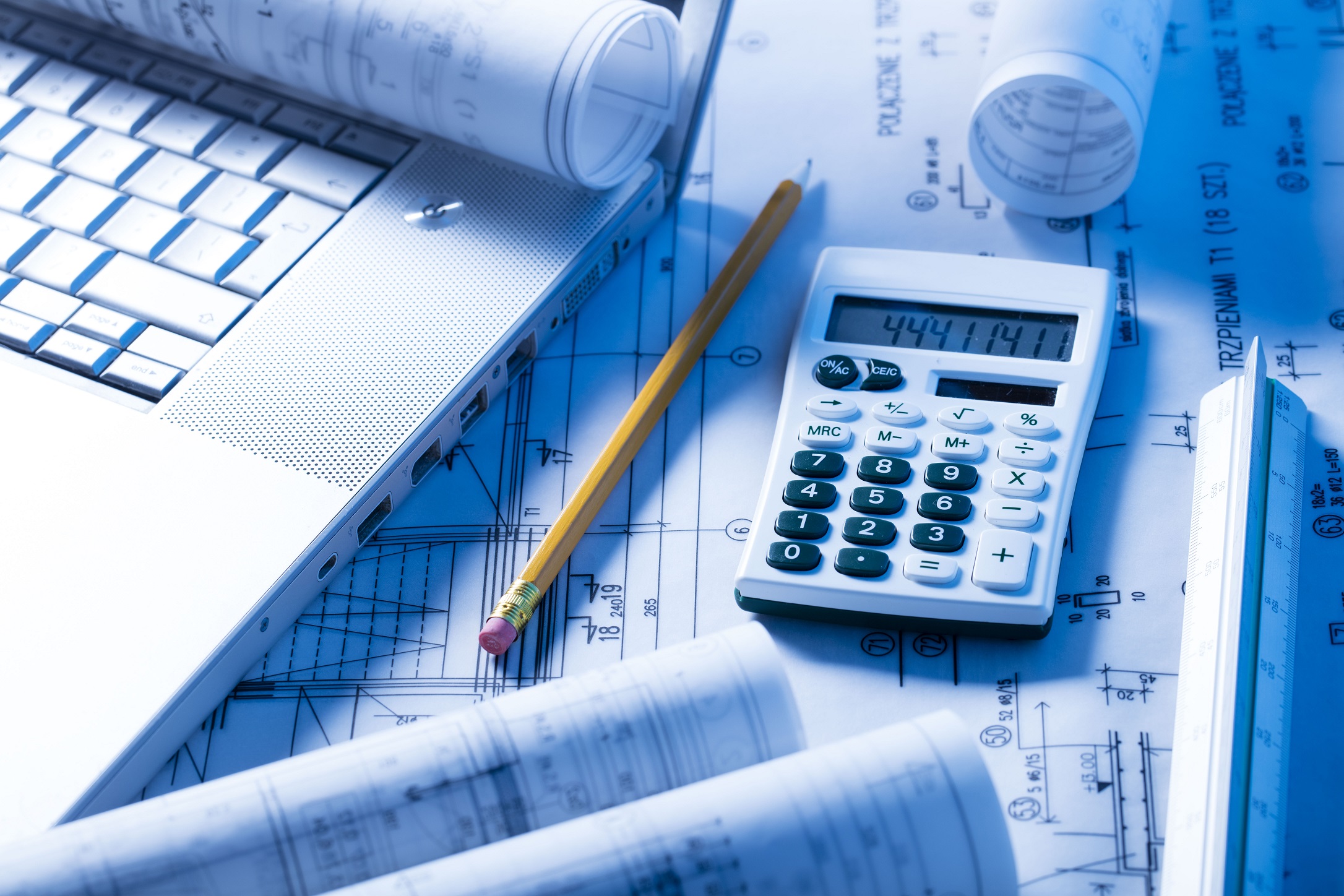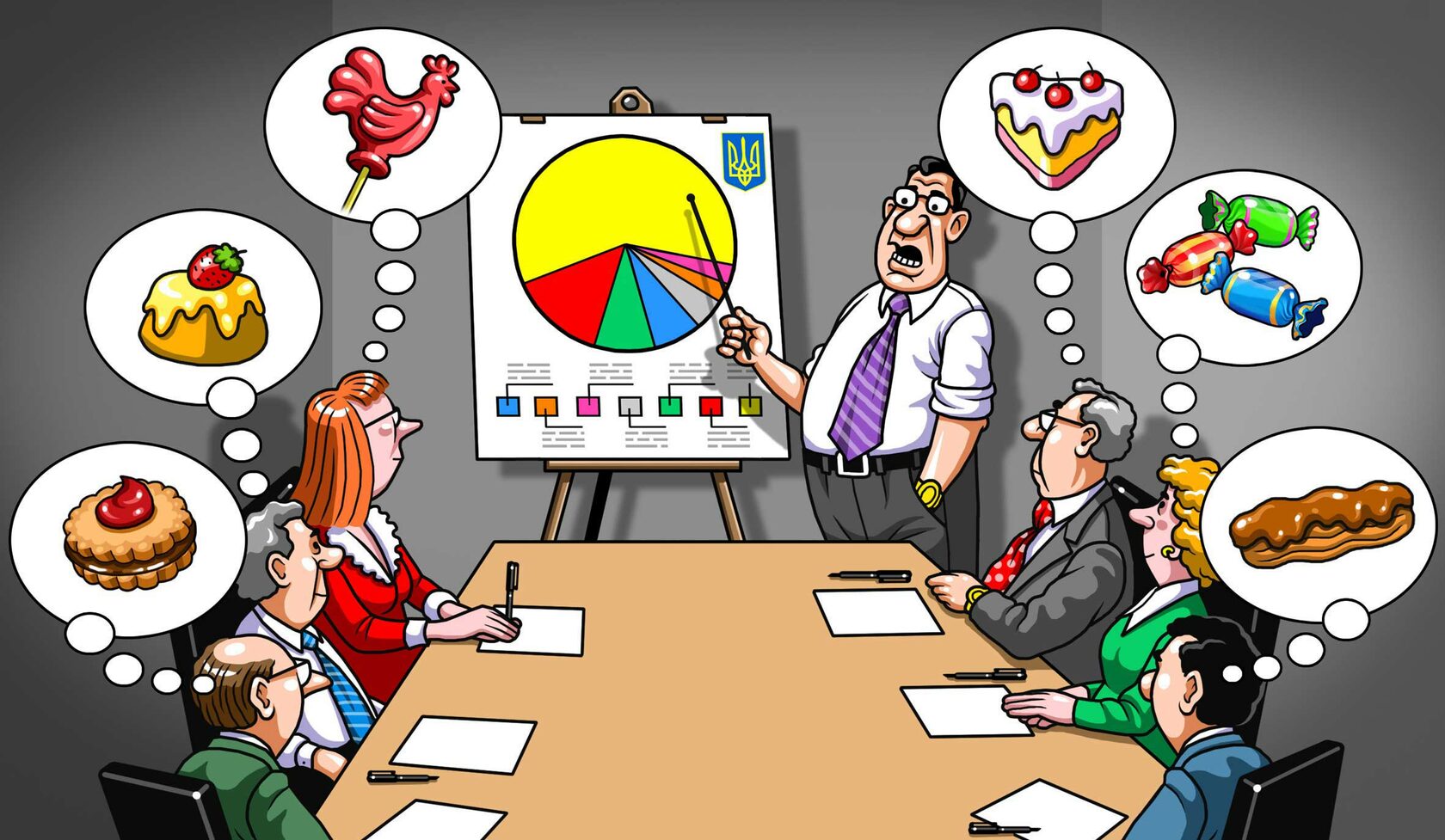It is a form of managerial accounting that aims to obtain the total cost of production by assessing changing and fixed costs for each of the production steps.
Cost accounting provides information related to the elements of expenses and works to register, classify, analyze, customize, or download them to cost centers, operating orders, and various operations in order to calculate the cost of products, their varieties, and units, and prepare lists and reports to evaluate performance.
so that the administration can use the information provided by cost accounting to practice its various functions with high efficiency with the aim of pressing expenses, reducing waste, loss, and damage to the materials used, increasing work productivity, reducing costs, and increasing profits.
Holding accounting is an important analytical and orthodontic tool governed by a set of methods, principles, rules, and other theoretical origins. It provides various levels of critical internal information and data that can be used to evaluate performance and control the efficiency of operation and cost elements.
Performance and control are compared by comparing actual data with pre-determined standard indicators and the detection of deviations and their causes within the scope of each center, a specific cost, or a specific product, with the aim of taking effective and rapid technical, organizational, and administrative measures that guarantee the elimination of extravagance and the location of the defect and perpetuate positive results.
Cost accounting as a branch of accounting is concerned with collecting, identifying, analyzing, and interpreting cost data for each activity, management, or department in the facility and its cessation in order to rationalize the performance of the administration in planning and control processes or different decisions.
Types of costs
- Fixed Costs: are the costs that do not differ according to the level of production, such as rent and salaries; that is, an increase or decrease in production levels will not affect fixed costs.
- Variable Costs: are the costs associated with the level of the company’s production, such as transportation costs and raw materials; that is, the variable costs are affected by the increase or decrease in production levels.
- Direct Costs: These are the costs related to the production of the product, such as production workers’ wages and raw materials’ costs.
- Indirect Costs: These are the costs that cannot be linked directly to the product, such as administrative expenses and maintenance expenses.
The methods used in cost accounting
- (Activity-Based Costing): It is determined by activities in the institution and allocates the cost of each activity for all products and services according to the actual consumption of each. It is an accounting method by which you can find the total cost of the activities needed to make the product.
- (Environmental Accounting): It aims to integrate economic and environmental information together. It can be made at the company level or at the level of the national economy through an integrated environmental and economic accounting system. Environmental accounting determines the mechanism of use of resources and measures the costs of the impact that any company leaves on the environment. These costs include the cleaning or repair costs of contaminated sites, environmental fines, the purchase of pollution prevention technologies, and waste management costs.
- (Project Accounting): It is a specialized form of accounting that corresponds to the constantly advanced project implementation needs and helps in preparing reports and analyzing results and financial consequences to track the financial progress of projects.
- Resource consumption accounting: is an administrative theory that describes a method of vital, integrated, and comprehensive administrative accounting that provides managers with the information they need to make decisions that will improve the institution.

- Standard cost accounting: is a traditional cost accounting method that is based on historical costs.so that the company determines these costs by conducting a historical analysis of data or by using time and movement studies.
- (Target Costing): It is an approach that determines the costs of the product life cycle that should be sufficient to develop functional performance and quality while ensuring the required profit. It is the process through which the cost of a product is calculated by determining the amount of profit required. If the company can produce the product at the target cost or less, then you will achieve the required profit.
- (Through Accounting): It is an approach that provides managers with information that supports their decisions on improving the company’s profitability. It is an approach that defines the factors that limit the organization’s access to its goal and then focuses on simple measures that help the organization achieve its organizational goals.
- (Life-Cycle Costing): It is the total cost of ownership over the life of the original, and it is called “Life-Cycle Cost” or “costs from cradle to grave.” The costs involved in these accounts include financial, environmental, and social costs.
Read also: Is marketing really important and what are its methods?



